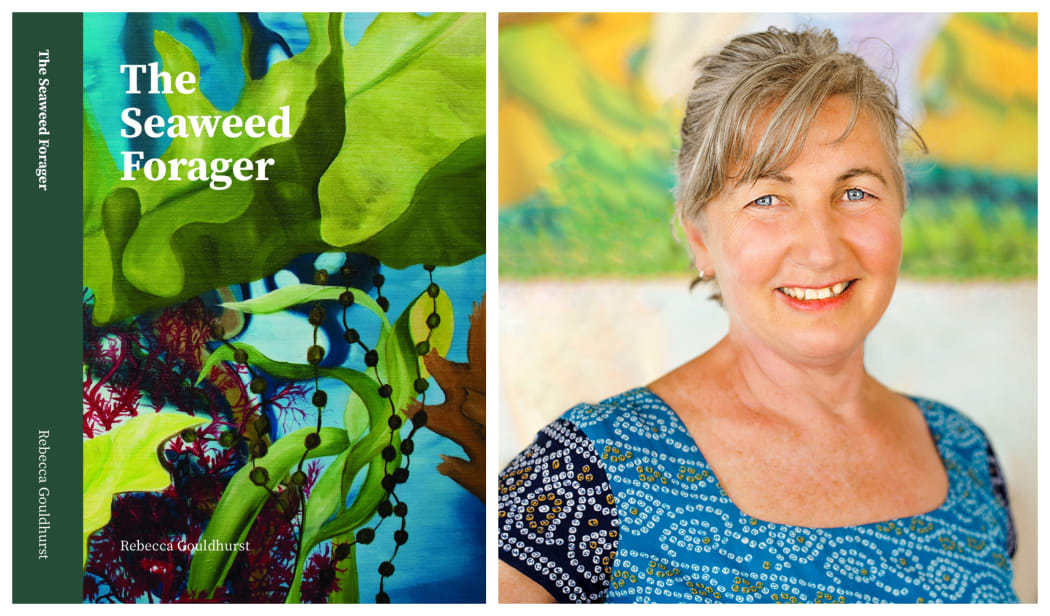
Rebecca Gouldhurst's new book 'The Seaweed Forager' Photo: Rebecca Gouldhurst
A superfood that costs nothing, grows freely, and requires zero maintenance? Sounds almost too good to be true.
Seaweed is one of Aotearoa's most plentiful resources, and Rebecca Gouldhurst would like to see us eating more of it.
The nutritionist and naturopath Rebecca Gouldhurst chats to Jesse Mulligan about her new book The Seaweed Forager.
Seaweed is rich in iodine - a chemical element that many people around the world are deficient in, Gouldhurst says.
“In Australia, where I'm from, and New Zealand, the soil is deficient in iodine. And so we're particularly prone to having it in deficient conditions.”
As a good source of protein, it's ideal for vegetarians and vegans.
"It's [also] high in iron, and different varieties can be very high in calcium and magnesium, just to name a few.”
Traditional Māori societies supplement their diet with seaweed, she says, possibly because the soil was deficient in it.
“What I've discovered is they still do. I was just talking to someone yesterday whose partner is Māori, and they that they used to go and pick a particular seaweed, which they call karengo. [It's what] we in our culinary white world would be more inclined to call nori, which we wrap around sushi.
“[They] called it black gold, which is that little soft brown seaweed that lies on the rocks on the seashore.”
Harvesting seaweed is an easy process, Gouldhurst says.
“I live on the south coast of Wellington and there's a plethora of seaweed varieties here. It's clean because it's the Cook Strait so it's good fresh washing water. And there it is, just lying on the seashore. You don't even necessarily need to go into the water.”
In Japan, seaweed is famously an integral part of the daily diet.
“It's very normal and they eat typically three to four varieties a day and up to 10 grams.
"As we know with the Japanese, they have the statistics of [longevity] and part of that is put down to seaweed.”
As a probiotic, seaweed is also good for our gut, she says.
“A probiotic is a substance which prepares and creates a really good environment in your digestion so that you promote a healthy bowel.
“Seaweed is very high in fibre, a lot of insoluble fibres, and they create really good roughage and the environment for good microbiomes to be to be proliferating in the bowel.”
Seaweed can be eaten fresh or dried and will keep for a while in the pantry, Gouldhurst says. She uses it mostly to add flavour to a dish.
“If I was to sprinkle some, say karengo - which is that nori sheet - into hummus that I was making, it would really enhance the flavours of that hummus.”
Wakame - a variety of kelp that's prolific in Aotearoa - is traditionally used in salads, she says.
“It has kind of a green sheen to it. And when you steam it, or just pass it through hot water, it turns out a beautiful bright green. And then it's quite tender and very flavoursome."
Wakame is often served alongside sushi and in bento boxes or other Japanese dishes, Gouldhurst says.
"They cut it up very finely [and serve it] on the side of the meal.”

